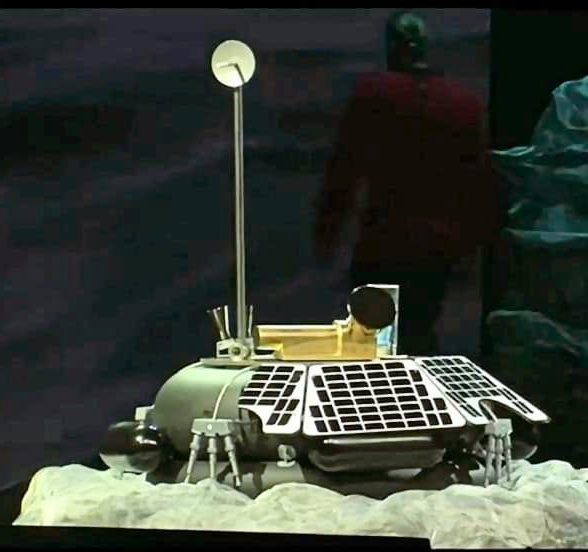It’s always made more sense to me that we establish a lunar base–maybe develop a crater-based city or two– from which to explore other planets before hurrying over to Mars, but I don’t have a few billion dollars in between the couch cushions, so my advice hasn’t been heeded.
I’m not alone in thinking this way, however. While Elon Musk unilaterally decides the proper form of government for future Martians (direct democracy), teams of technologists are trying to put a permanent Earthling footprint on the Moon, using 3D printers and such to create sustainable communities.
In a short Salon Q&A, Naveen Jain of Moon Express tells Angelo Young about his company’s plan to make the moon not only a trade post and vacation spot and launch platform but also a permanent home, sometime in the next 15 years. No one can predict the outfit that will win this aspect of Space Race 2.0 nor the time frame, but in the macro it makes good sense. One exchange:
Question:
Besides sending billionaires on lunar vacations, what are some business applications of regular round-trip earth-to-moon travel?
Naveen Jain:
The moon has quadrillions [of dollars] worth of natural resources, including platinum grade materials, rare-earth elements and Helium 3. Additionally, water on the moon is really the “oil” for the space economy, which can provide us with the rocket fuel for in-earth orbit and lunar orbit for deep-space exploration. We plan to use lunar resources “in situ” to allow humanity the ability learn to live off spaceship earth. The moon is the best place to create a habitat before going to the Mars. After all, it’s better to be a “Lunatic” three days away from earth instead of a “Martian” six months away from any emergency rescue.•


